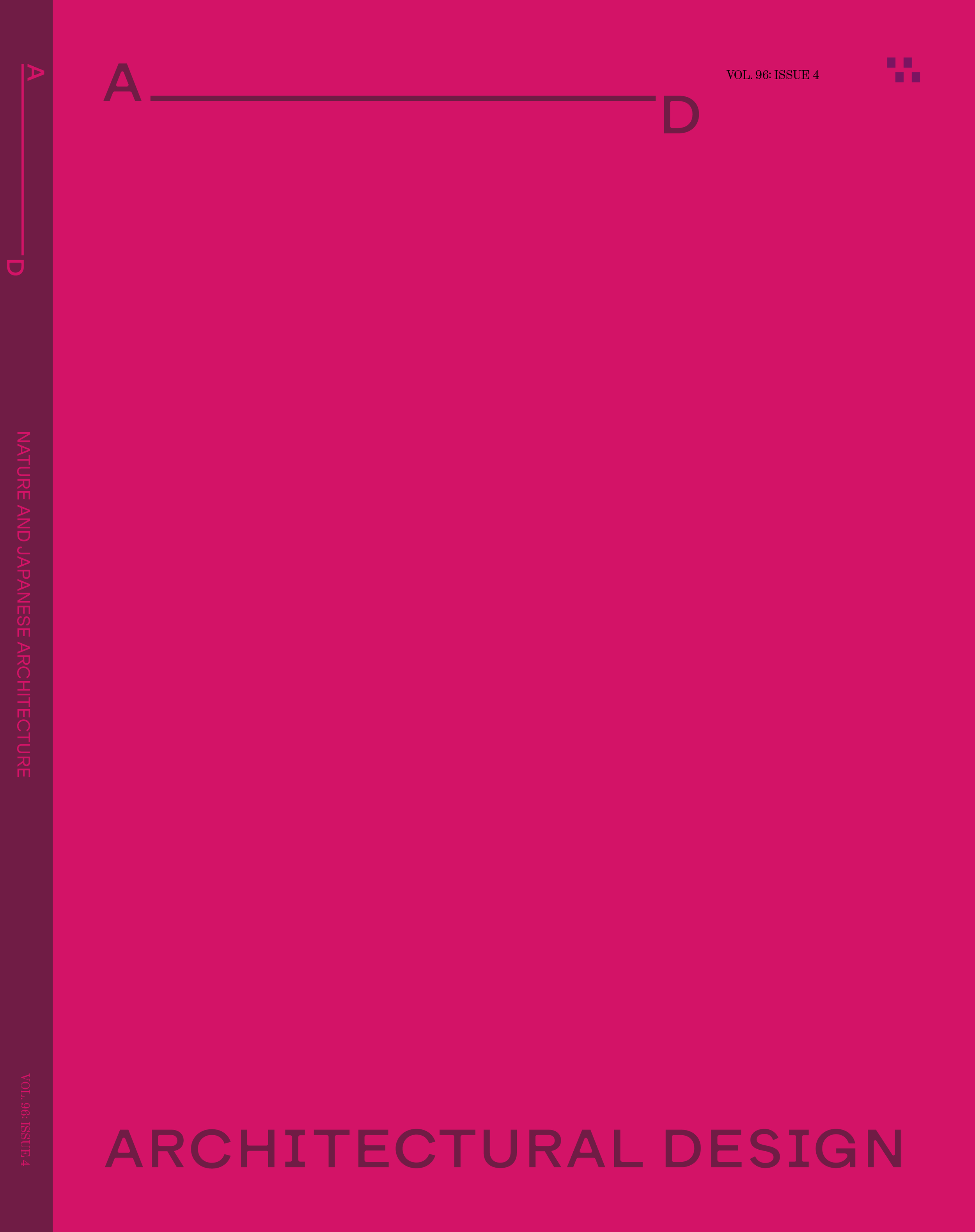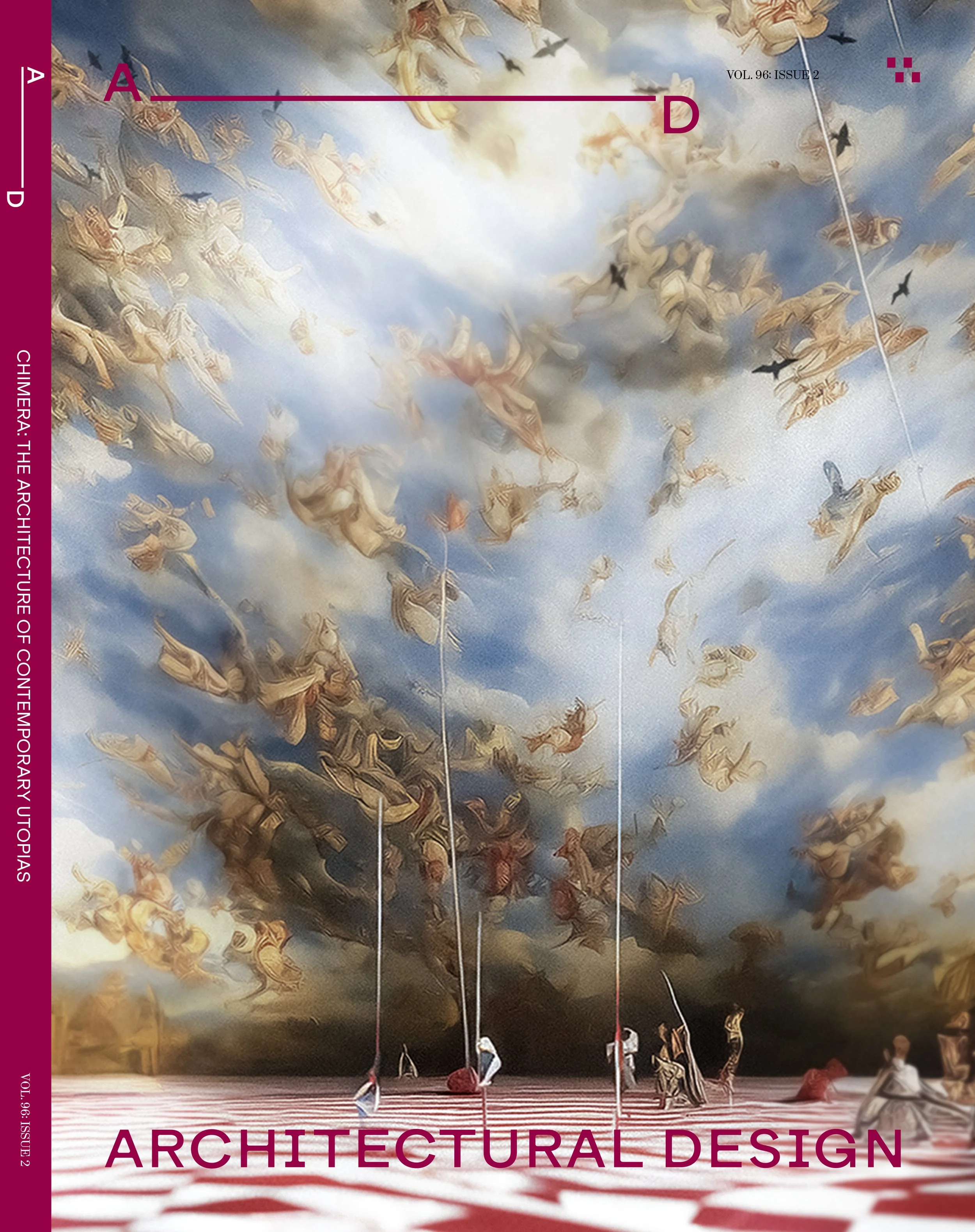 Image 1 of 2
Image 1 of 2

 Image 2 of 2
Image 2 of 2



PREORDER VOL 96.4 Nature and Japanese Architecture
Guest-edited by: Hitoshi Abe, Tohru Horiguchi, Shunsuke Kurakata, Osamu Tsukihashi
Since antiquity, Japanese architecture has expressed a profound interdependence with nature. Throughout history, recurring natural disasters have shaped this orientation, compelling architecture to seek not dominance over the environment, but coexistence with it. This issue of AD examines how that sensibility endures today—manifesting in diverse approaches that redefine what it means for architecture to be ecological, responsive, and culturally grounded. Emerging from the dual pressures of environmental volatility and prolonged economic stagnation, contemporary Japanese practice has generated a renewed creativity, one that transforms constraint into invention and reimagines architecture’s pact with the natural world.
Guest-edited by: Hitoshi Abe, Tohru Horiguchi, Shunsuke Kurakata, Osamu Tsukihashi
Since antiquity, Japanese architecture has expressed a profound interdependence with nature. Throughout history, recurring natural disasters have shaped this orientation, compelling architecture to seek not dominance over the environment, but coexistence with it. This issue of AD examines how that sensibility endures today—manifesting in diverse approaches that redefine what it means for architecture to be ecological, responsive, and culturally grounded. Emerging from the dual pressures of environmental volatility and prolonged economic stagnation, contemporary Japanese practice has generated a renewed creativity, one that transforms constraint into invention and reimagines architecture’s pact with the natural world.








